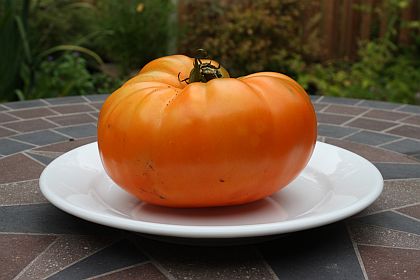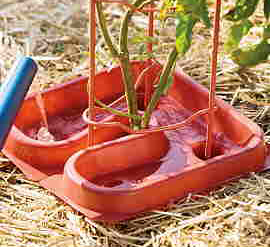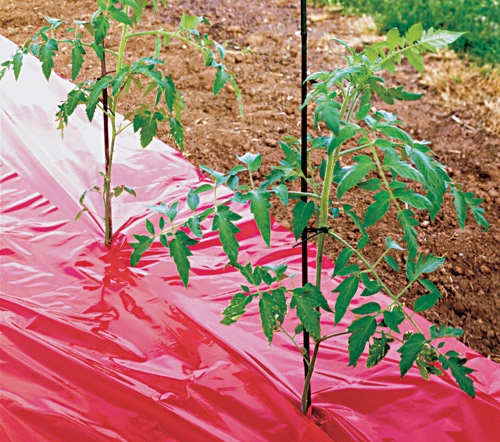Nobody in their right mind considers pesticides safe. They are, after all, poisons which we have created to kill things, be those things plants, insects, fungi, rats, or whatever. The idea that we could have foods with no pesticides on them is attractive. Now I’ve got to admit that, as a general rule, I don’t think that the levels at which most pesticides are found on foods is concerning. Our methods of detecting poisons are just too sensitive today and so we end up saying that a poison is “present” on a tomato or whatever even if it’s there at a harmless parts-per-trillion level. Still, I won’t deny that I’d prefer it if there were no synthetic pesticides on any food.
A couple of days ago a report came out from CNN about the “dirty-dozen.” http://www.cnn.com/2010/HEALTH/06/01/dirty.dozen.produce.pesticide/index.html This is a list of the twelve fruits and vegetables which are most likely to have detectible levels of synthetic pesticide residues. Along with this list there is a suggestion that, when purchasing these fruits and veggies, you should select those that are organically produced whenever possible. I don’t have a problem with this list being reported. In fact, I think it’s a good idea to give people all of the information that we can about pesticides. While I, personally, am not particularly afraid of conventionally produced fruits and veggies because of the synthetic chemicals which they may contain I appreciate the fact that others might be. I do, however, have a major problem with the idea that organically produced fruits and veggies are necessarily safer than those produced with synthetics. You see, organically produced food is not tested for residues of potentially damaging organic pesticides, and those same foods that are slathered by synthetic pesticides in non-organic growing systems are typically slathered by organic pesticides in organic systems, particularly if you’re dealing with foods produced using what has become known as “industrial organic production” which fill most of our large grocery stores with USDA Certified Organic Produce nowadays. These organic pesticides may be present at higher concentrations than synthetic pesticides and may have similar effects on humans, and even worse effects on the environment than synthetics (though it depends on the exact pesticides used and how often they are used of course).
The myth that organic foods don’t have pesticides used on them is one that really needs to die. No farmer, organic or non-organic, wants to use pesticides, and sometimes they can get away without using them. Certain crops are rarely sprayed regardless of whether they’re produced organically or not. Pesticides cost money and are dangerous, but when faced with the potential loss of a crop producers will do what they need to do to avoid losing their crop, and if that means applying pesticides then so be it. Organic farmers may choose to use different pesticides, and they might wait longer before they spray (although often they spray sooner because the relative efficacy of their sprays are inferior to synthetic sprays) but let’s not say that organically produced foods are free of pesticide reside. Just because we’re not testing for it doesn’t mean it isn’t there.














